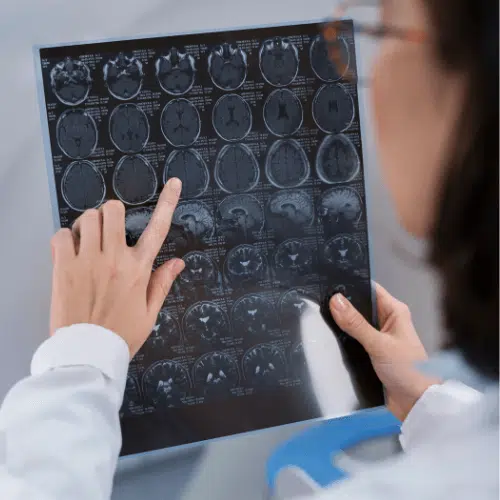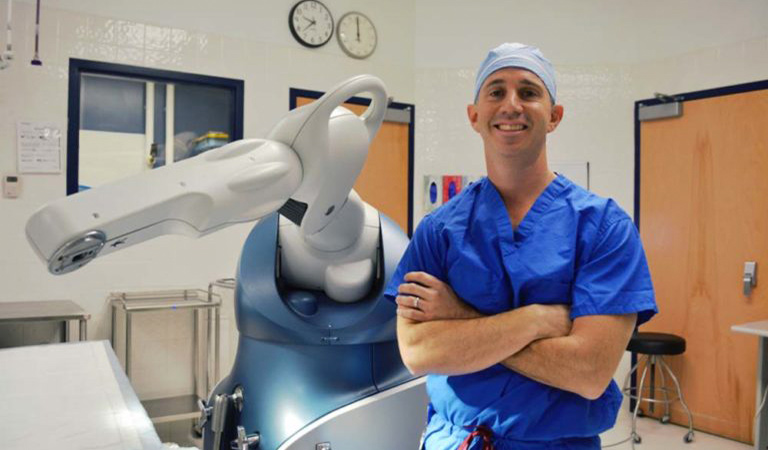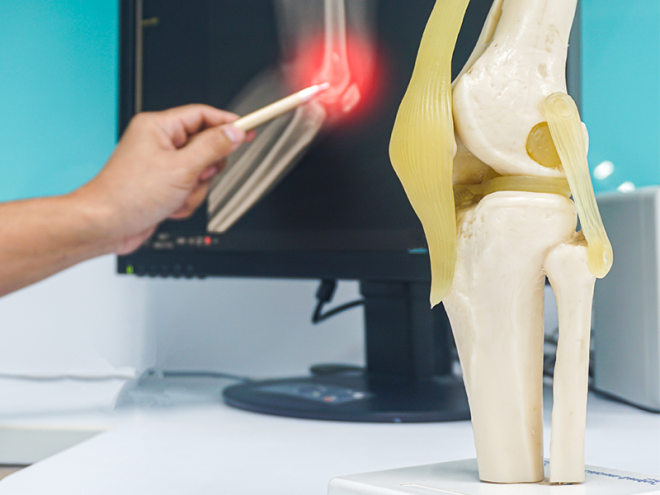Axis Spine And Orthopedics Things To Know Before You Buy
Axis Spine And Orthopedics Things To Know Before You Buy
Blog Article
The Ultimate Guide To Axis Spine And Orthopedics
Table of ContentsAxis Spine And Orthopedics Things To Know Before You BuyAxis Spine And Orthopedics Things To Know Before You BuyThe Greatest Guide To Axis Spine And OrthopedicsAn Unbiased View of Axis Spine And Orthopedics
An orthopedic doctor is a physician who specializes in treating troubles of the bones, joints, and connective tissues, and guaranteeing you maintain a healthy and balanced bone and joint system., we have extremely qualified orthopedic doctors that are capable of treating individuals of all ages. I got entailed in research study during my very first year of clinical institution, and I began making links with orthopedic cosmetic surgeons early on.
Adhere to these guidelines meticulously to prevent problems throughout the procedure. Go over the post-operative treatment strategy with your doctor. Recognize what to expect during the healing period and for how long it will require to resume day-to-day activities. Schedule transportation to and from the medical facility on the day of surgery.
Little Known Facts About Axis Spine And Orthopedics.

You will not have the ability to drive quickly after the procedure. Technique leisure strategies, such as reflection or deep breathing exercises, to help take care of stress and anxiety. Shower with an anti-bacterial soap the night prior to and the morning of the surgery to reduce the risk of infection. Your doctor will give lots of information concerning post-operative care, consisting of exactly how to stay clean and maintain the medical area clean. This can be helpful to do days before the surgical procedure to ensure you do not forget anything. Adhering to these pointers can prepare you literally and emotionally for your orthopedic surgical treatment. Remember to keep a positive outlook and trust your clinical team's expertise, adding to a smoother recovery process. Your active engagement in the preparation procedure will equip you to take charge of your health and wellness and enhance your total surgical experience. Reviewing a tiny little bit about the surgical procedure or trying to enjoy a vid of it is the finest prep. That means you have an idea of what occurred, what is taking place, and what will take place.

Nobody expects you to understand anything, so don't attempt to memorize a bunch of arbitrary realities. Otherwise, joint discomfort can truly mess up your life.
The continuous ache in your knee or the stiffness in your shoulder can reduce you down and make also easy jobs difficult. Typical conditions dealt with by orthopedic specialists are: Cracks and Bone Injury: Broken bones and other injuries from crashes or effects. Joint inflammation: Specifically osteo arthritis, which causes joint discomfort and stiffness. Benign Soft Cells Tumors: Non-cancerous growths in muscle mass or other soft tissues. Bone Cancer Cells: Tumors in the bones. Bursitis: Inflammation of the tiny sacs of.
All About Axis Spine And Orthopedics
fluid that cushion the bones, ligaments, and muscles near your joints. Neck and Reduced Neck And Back Pain: Issues influencing the spinal column. Orthopedic Injury: Severe injuries affecting bones, joints, or soft tissues. Sports Injuries: Troubles like ligament tears, tendon injuries, and joint pain from sports tasks.
Strains and Pressures: Injuries to tendons and muscles. Tendinitis: Inflammation of the tendons. Orthopedic specialists carry out a range of treatments to aid individuals with bone and joint concerns. Common examples are knee and hip substitutes. Joint Reconstruction: Reconstructing a damaged joint to restore its function. Bone Grafting: Taking bone from one part of the body and transplanting it to another area to repair and rebuild harmed bones. Reconnecting Nerves: Fixing broken nerves to restore motion and sensation. Spinal Source Disk Replacement: Changing a harmed spine disk with a fabricated one to relieve discomfort and restore function. You'll need to take and pass the Medical University Admission Test( MCAT). This standardized test evaluates your understanding and skills required for success in medical school. Medical college is an extreme

Axis Spine And Orthopedics Fundamentals Explained
Next, they complete an orthopedic residency. It's usually 5 years and gives hands-on knowing in a clinical setting. Consultations often consist of: Discussing your signs and symptoms, medical background and lifestyle.
Treatment referrals. Some conditions need added imaging, like a CT check or MRI for more comprehensive views of the uncomfortable location. Your orthopedist will certainly recommend therapies to decrease signs and symptoms till you obtain a diagnosis. Orthopedic specialists specialize in nonsurgical and surgical methods. For sure kinds of orthopedic injury or congenital conditions, surgical treatment is frequently the very first line of therapy. For most other problems, orthopedists try nonsurgical treatments. It might take even more than one sort of therapy to accomplish long-term relief. Choosing the right is critical for successful medical end results and boosted patient healing. With a large range of options available out there, it can be frustrating for both doctors and individuals to make an informed decision. The top 5 aspects to take into account when choosing an orthopedic implant are surgical compatibility, cost-effectiveness, factors to consider for alteration surgical treatment, patient-specific aspects, and the layout and technology of the implant. They can be found in various shapes, dimensions, and products, each serving a certain objective based upon the individual's requirements. Recognizing the basics of orthopedic implants is critical before diving into the decision-making process. One of the leading considerations when picking an orthopedic dental implant is its compatibility with the operation. Various implants are developed for various medical strategies and approaches. The orthopedic implant should be especially made to fit the individual's composition and ensure stability during the recovery procedure. Surgical compatibility entails factors such as dental implant size, form, and material. The success of orthopedic procedures relies greatly on the appropriate selection and positioning of implants that are compatible with the patient's makeup and case history. By focusing on patient safety and security and wellness, orthopedic specialists can achieve effective outcomes and offer the finest quality of treatment to their individuals. Surgeons must thoroughly consider the biomechanical residential properties of the implant and exactly how it will incorporate with the patient's bone structure. This will certainly add to better surgical results, minimized problems, and shorter recovery time. When selecting implants for a patient, it is important to consider a selection of patient-specific factors that can influence the success and end result of the procedure. These elements incorporate the person's age, bone high quality and amount, dental health status, medical background, way of living habits, and aesthetic choices. For older patients with jeopardized bone thickness, much shorter implants or implanting procedures may be advantageous to supply the essential stability and support. 3. Is the size of the orthopedic dental implant a critical factor to consider? How does it impact the operation and the client's healing? Yes, the dimension of the dental implant is critical as it has to match the patient's structure for proper fit and functionality. 4. Can the client's age and way of life play a duty in picking one of the most suitable orthopedic dental implant? Definitely. Just how does the price of an orthopedic dental implant aspect right into the decision-making process, and are there means to balance top quality with price? The cost of the dental implant is an important consideration, yet it should not be the sole determining factor. Balancing top quality with price includes weighing different dental implant alternatives 'long-lasting benefits and prospective difficulties. Report this page